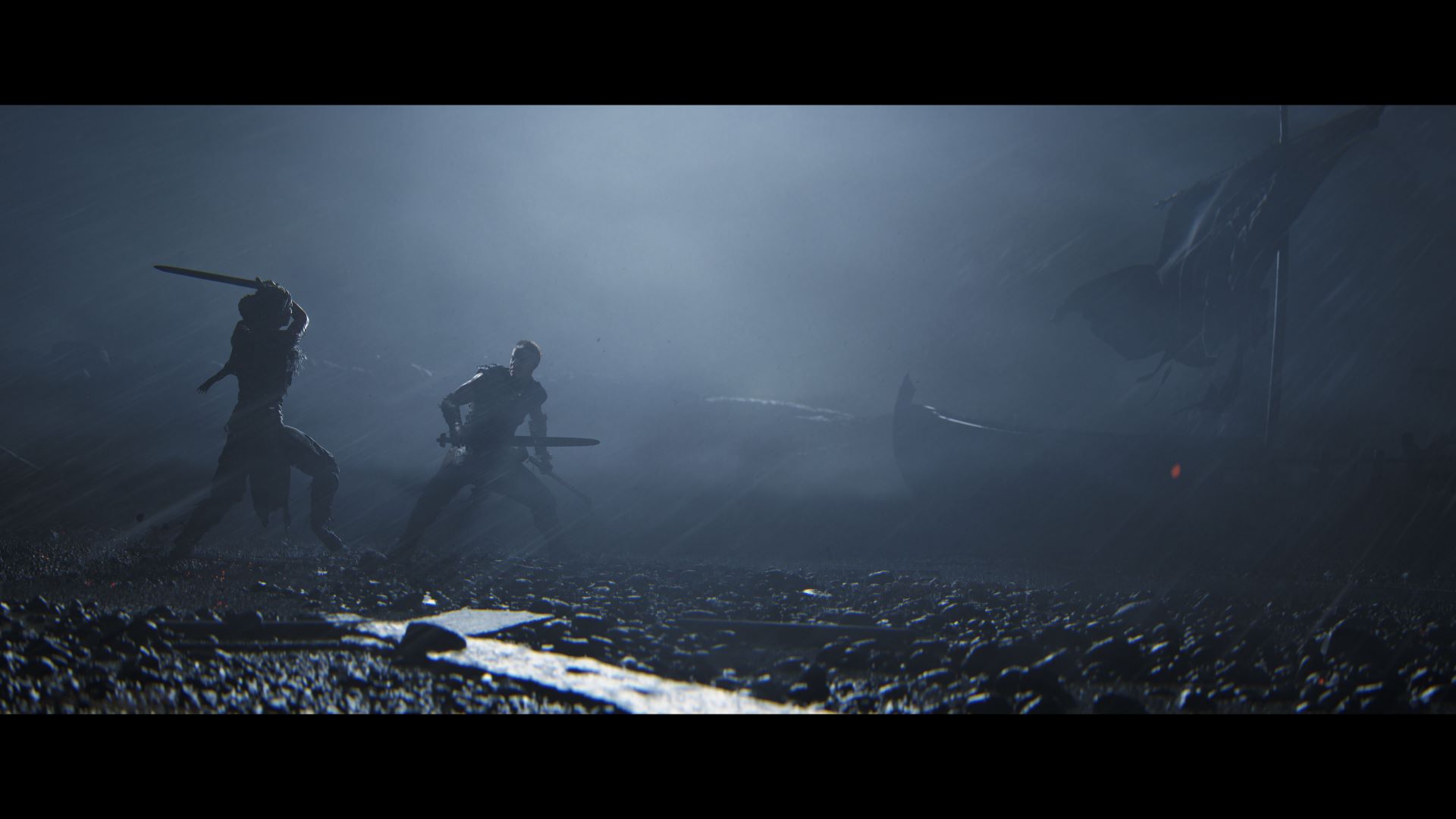
2017’s Hellblade: Senua’s Sacrifice was an exceedingly special game. A bold, brash direction for Ninja Theory, the decision to craft a short, narrative experience revolving around mental health was a brave leap, but one that ultimately paid off. Now, seven years later, the studio is gearing up to reveal a sequel to Senua’s story, built with the same love and care, but expanding on the debut in every conceivable way.
In the run up to launch, we’ll be bringing you the story of Senua’s Saga: Hellblade II from inside the studio itself, as well as stories and lessons from Hellblade’s creative leads. This is Ninja Theory’s ultimate form, filled with industry-leading talent, groundbreaking technology, and one of the most unique approaches to game development you’ve ever seen to fulfil the ultimate goal – the pursuit of true immersion.
Motion capture has been part of Ninja Theory’s heritage for a long time, and for good reason. The studio established itself as a pioneer in performance capture for games with 2007’s Heavenly Sword and has continued to innovate since. Now, with greater access to state-of-the-art technology – including its very own performance capture studio nestled within the walls of its Cambridge HQ – Ninja Theory is once again primed to break its own barriers within Senua’s Saga: Hellblade II.
Ninja Theory utilised performance capture in the first Hellblade for its cinematic moments, but in Hellblade II, almost every in-game movement is performed by real-world actors and scanned in, to ensure the most realistic, human experience possible in-game. According to Studio Head Dom Matthews, capture for the combat sequences alone took almost 70 full days to complete.
“We see performance capture as a tool to deliver character performance in the purest way possible,” Matthews says. “We took that opportunity because it ties into our goal of doing everything we can to achieve immersion and keep it.”
You’ll never feel that more than in Hellblade II’s unique approach to combat – which stands simultaneously as a testament to Ninja Theory’s deep belief in their way of doing things, but also as a brand-new experiment for the restlessly creative studio.
Website: LINK


